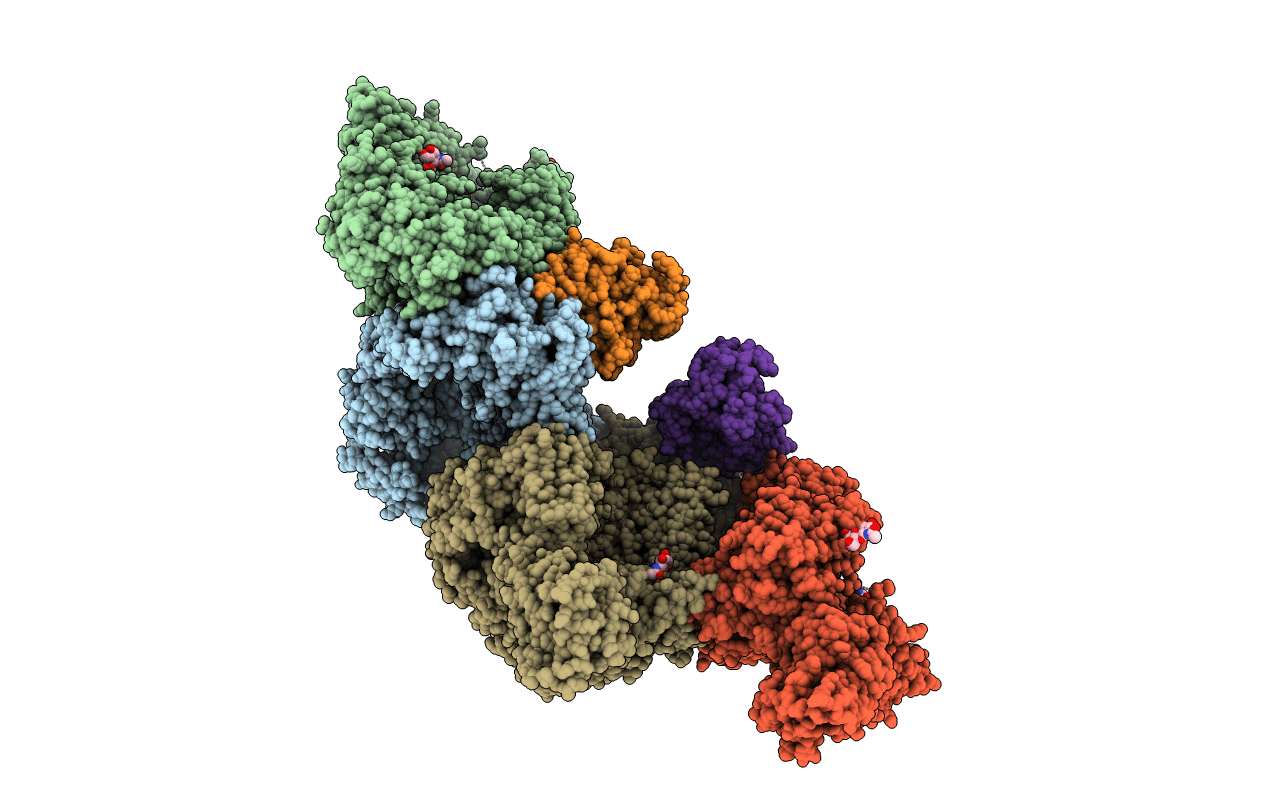
Deposition Date
2010-11-30
Release Date
2011-01-19
Last Version Date
2024-10-16
Entry Detail
PDB ID:
3PRX
Keywords:
Title:
Structure of Complement C5 in Complex with CVF and SSL7
Biological Source:
Source Organism:
Staphylococcus aureus (Taxon ID: 1280)
Homo sapiens (Taxon ID: 9606)
Naja kaouthia (Taxon ID: 8649)
Homo sapiens (Taxon ID: 9606)
Naja kaouthia (Taxon ID: 8649)
Host Organism:
Method Details:
Experimental Method:
Resolution:
4.30 Å
R-Value Free:
0.26
R-Value Work:
0.20
R-Value Observed:
0.20
Space Group:
P 2 2 21


